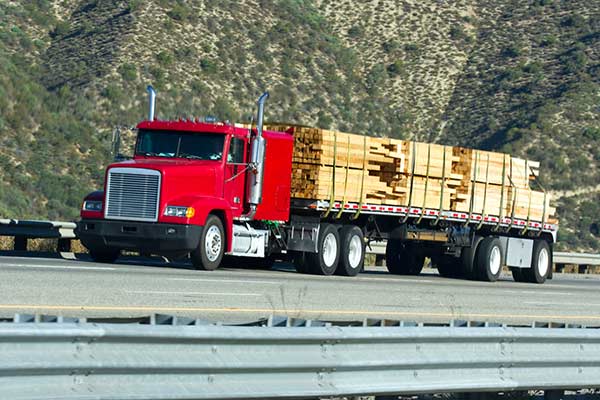Our Lumber Mill Produces The Following:
Furniture Grade Lumber
The lumber mill at K&B Lumber is a furniture grade mill meaning we routinely produce high quality fine hardwoods that are used throughout the furniture industry. Once your timber reaches the mill, it goes through a series of steps and processes (see below) that take your logs and transform them into boards. The boards are then sold and shipped to lumber yards throughout the United States and put for sale on the open market.
The furniture grade lumber that comes from your timber will be used to create all kinds of furniture, including tables, chairs, couches, kitchen cabinets, flooring and more.
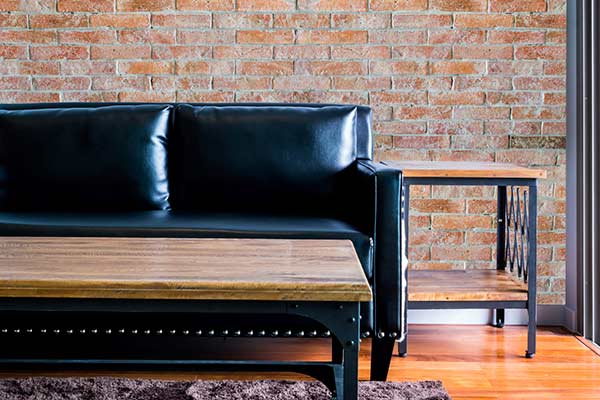
Videos Of Our Lumber Mill In Action:
Custom equipment at our lumber mill
Our 6′ Double Cut HeadRig
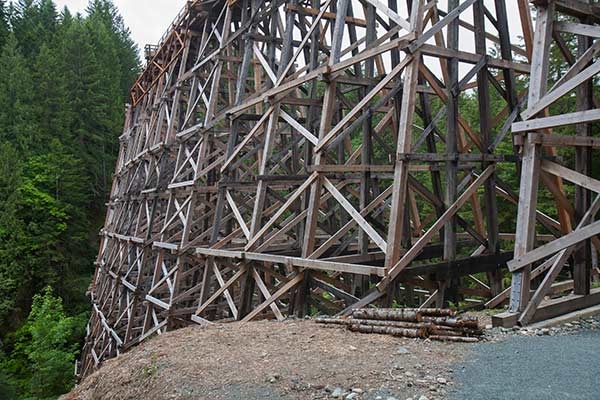
Railroad Timber
Bridge Timbers
A product that is in high demand, bridge timbers are used to construct or repair bridges for for the railroad industry. Often your largest logs will be made into these kinds of timbers and they will be used in construction projects across the United States.
Railroad Ties
Railroads require constant maintenance and upkeep. Because railroad ties rot and go bad over time, replacing them becomes a necessity. At K&B Lumber, we produce railroad ties that are used to keep our railroads healthy and improve the efficiency of commerce in our country.
No Waste: Misc Products
At K&B Lumber, we operate from a “no waste” policy – meaning every part of every log gets turned into something useful. Here are some of the non-lumber products that come out of our mill.
Mulch
The bark from your logs will be stripped, saved, and turned into mulch for landscaping and other purposes.
Paper
Slab wood is the typically the first cut that is made to the log to shed the outer layer. Being unsuitable for lumber products, this cut is either turned into pulp and made into paper or refined to produce particle board.
Bedding for Animals
We save the sawdust we produce and sell it to farms throughout Ohio to use as bedding for farm animals.
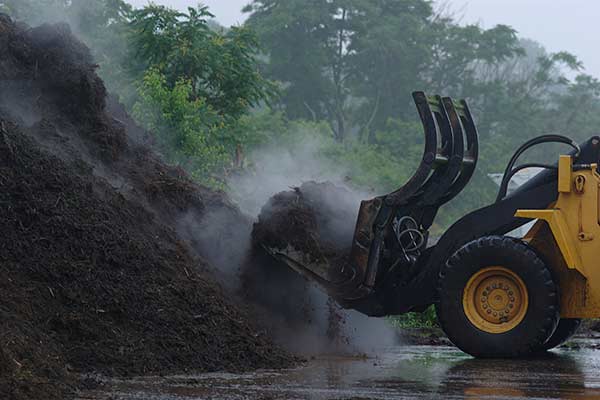
We use every part of your timber to produce products that are useful to society
Lumber Mill Process: From Raw Timber to Lumber
Step 1: Sorting by Species
Timber harvests typically involve logging a number of different species, and sorting takes place at the mill. Once your raw timbers reach the K&B Lumber yard, they are sorted and stacked according to species, and then further sorted by width and length.
This sorting process readies the timbers for the millwork and ensures an orderly process, as we only run one species of timber at a time.
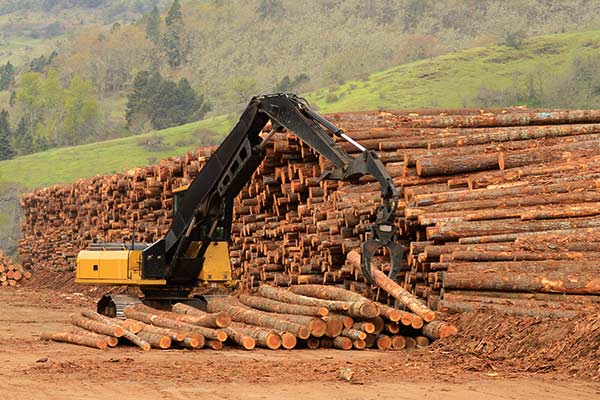
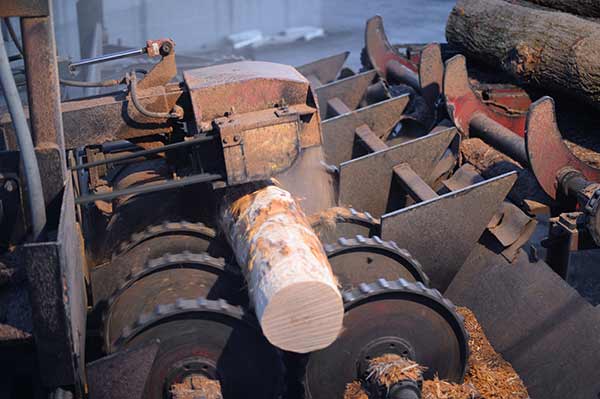
Step 2: Debarking
Every log that comes through K&B Lumber needs to have the bark removed. This is done one by one in our debarking machine, which makes quick work of stripping the bark from each log.
The bark is conserved and put into piles that are then sold to landscaping companies in the form of mulch.
Step 3: Head Saw
The head saw makes the initial cuts to the logs and turns them into planks of wood. The machine is operated by our head sawyer, who places the logs in the proper position for the initial cuts.
The cut boards are then sent via conveyor belt onwards to the next step in the process.

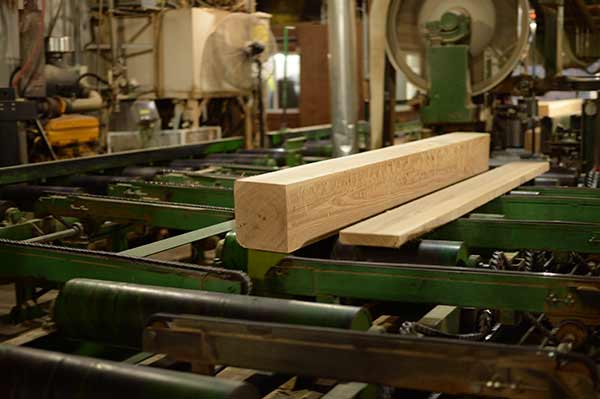
Step 4: Secondary Saw
Some lumber companies do most of their cutting with the head saw. However, at K&B Lumber we use a secondary band saw to make cuts to the interior of the log once it’s been cut. The secondary saw has a thinner blade (than the head saw), and therefore allows us to get the maximum amount of lumber from the timbers. The head saw is used to square up the timbers while the secondary saw is what produces the lumber.
Step 5: Grading and Scaling
Once the boards are cut to size, they must be graded and scaled. Scaling means they are organized by length, and the raw ends are cut to size to the nearest foot. Every board is given a quality grade on a scale of 1-5, that corresponds to it’s quality with 5 being the highest. The grades given in the mill correspond to National Hardwood Lumber Association’s (NHLA) guidelines and standards.
K&B Lumber employees are sent to “grading school” to learn how to properly grade the lumber where they are trained by the State Lumber Inspector.
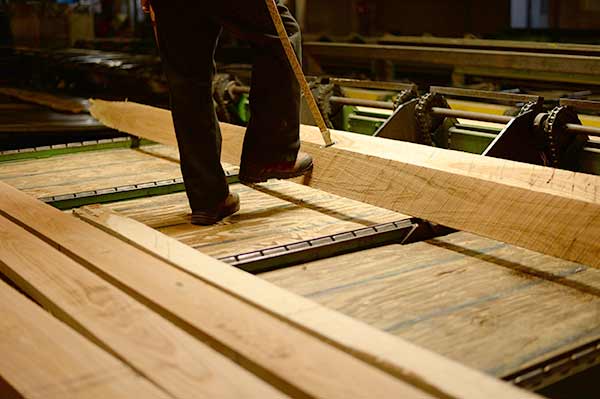
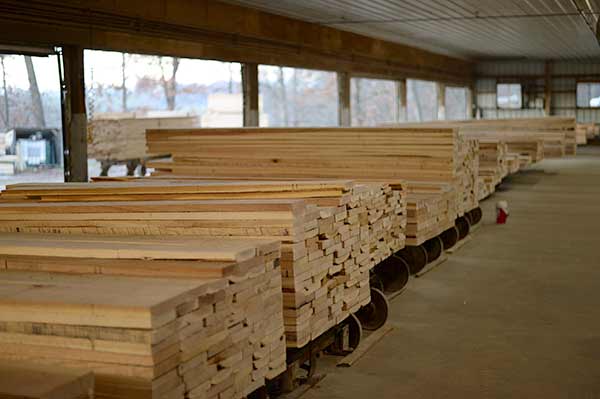
Step 6: Stacking
After the boards are graded and cut to length, they are stacked into corresponding piles and marked accordingly.
If you’re looking to sell your timber, contact us today for a free estimate!

